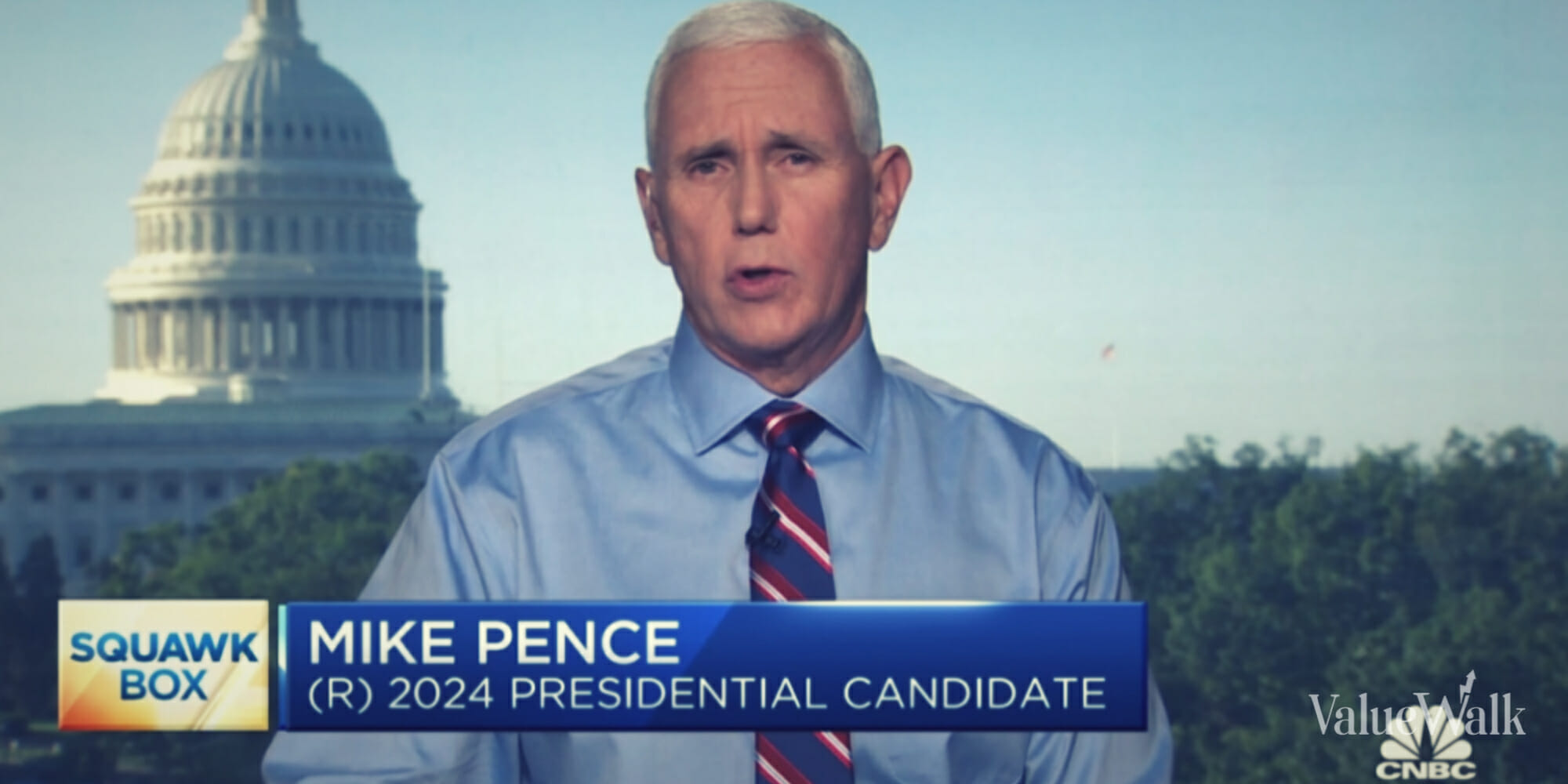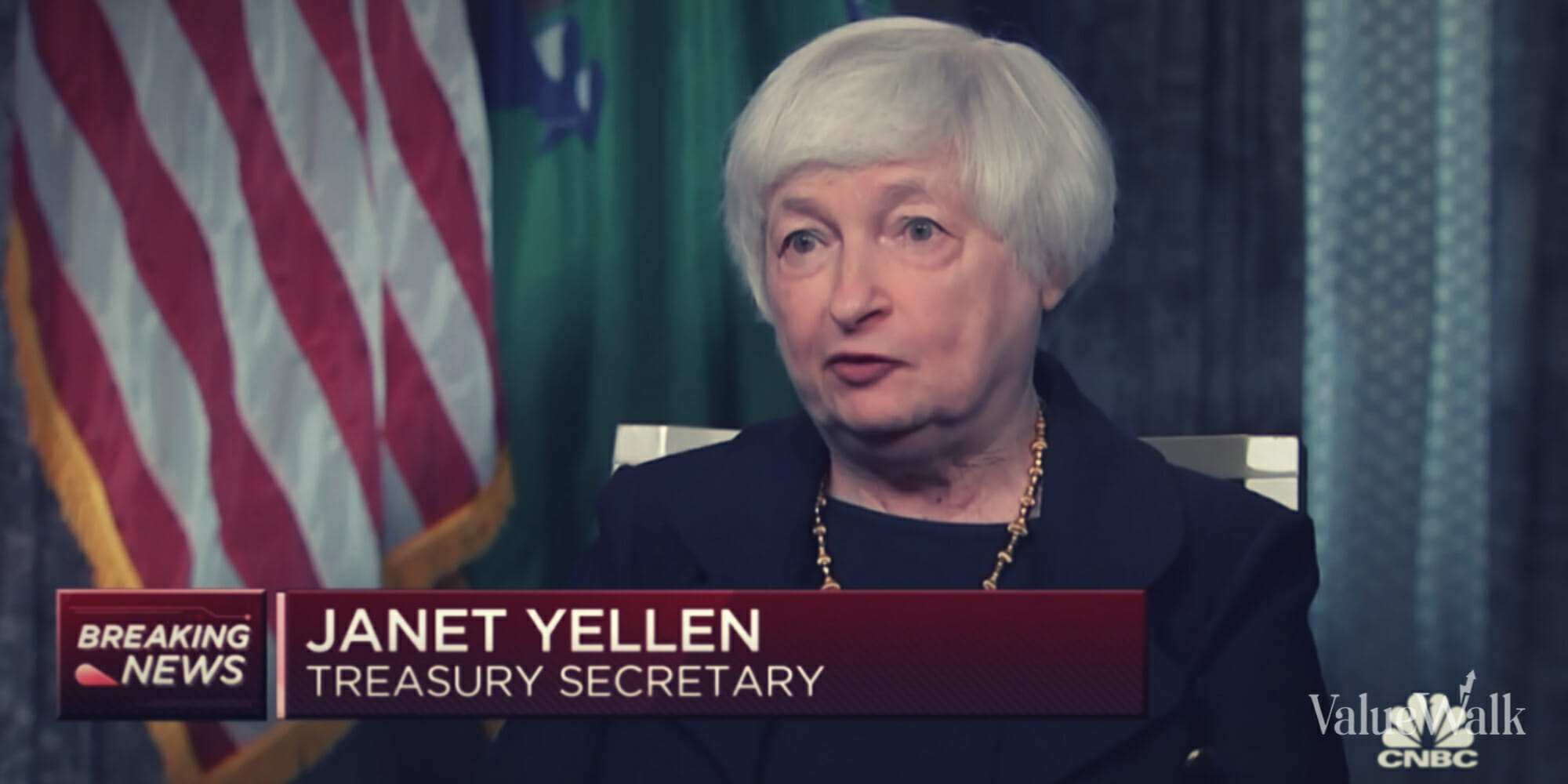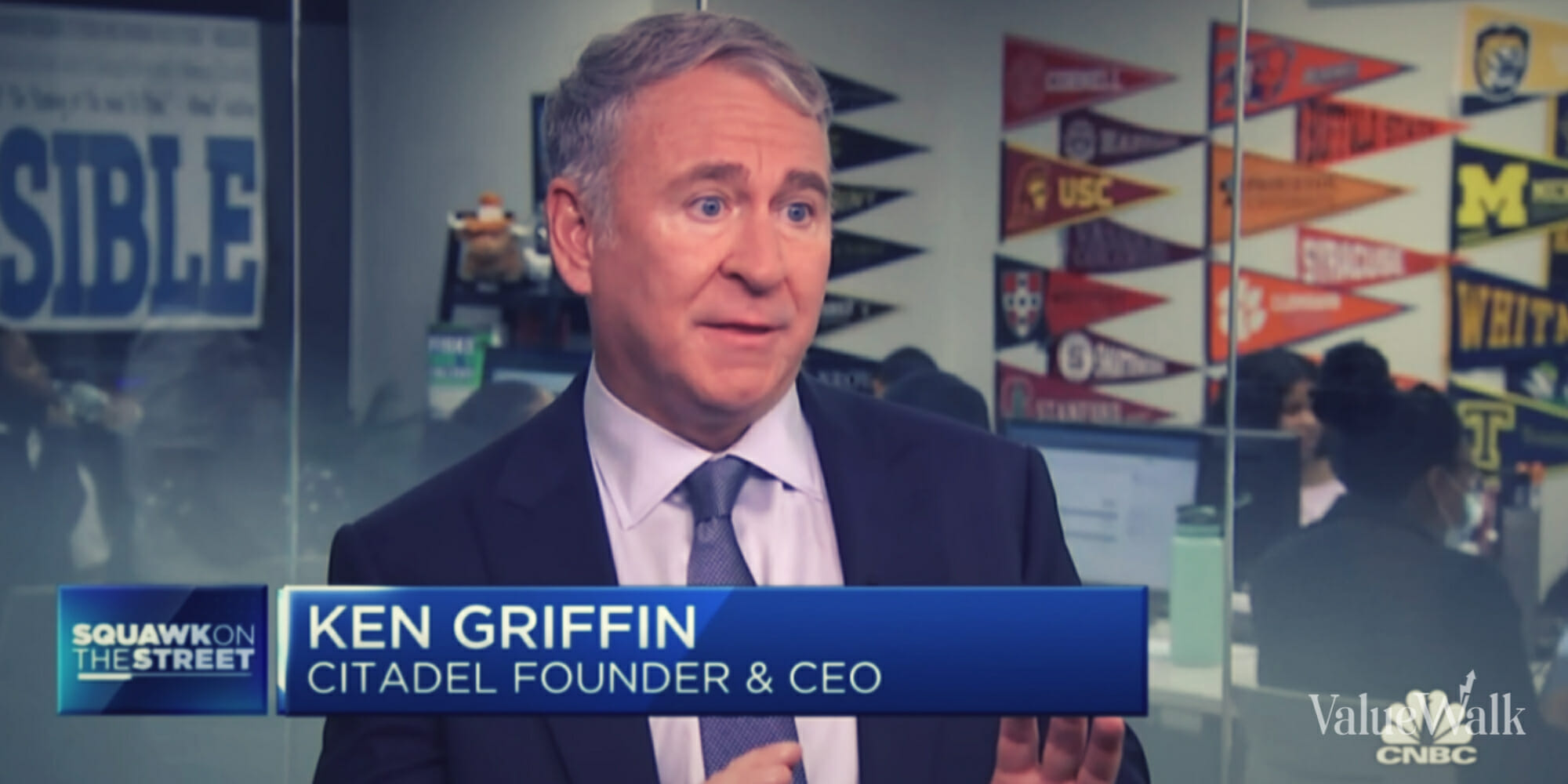Edward Chancellor part 1: ‘intelligent contrarians’ should follow the capital cycle
Merryn Somerset Webb talks to financial historian and strategist Edward Chancellor about how following the capital cycle can make you a better investor.
0:08welcome to another one of our video interviews with me today as ever
0:11chancellor who is a very experienced and well-known financial strategist and
0:16investment expert also the author of this week’s cover story or last week’s
0:20cover story by the time you see this which is very intrigued about gold
0:23miners and the editor editor really of this most recent book capitol detergents
0:28a series of essays written by very successful money managers at marathon
0:32and editors introduced them beautifully and then edit them into a great
0:36collection well worth reading it will be on our Christmas book list when we get
0:38to that now that’s what we feel that the premise of the book of the Weimar best
0:43should I say they invested capital cycle basis yes the capital cycle one american
0:51asset management schools capital cycle is free to look at companies not on the
0:57perspective of their valuation whether they’re cheap or expensive on a p/e
1:03basis for price book basis that really to look at whether capital is entering
1:09into or exiting an industry and if you look at things that way sometimes you
1:14find businesses that look expensive but are actually quite cheap because they
1:21can sustain returns for a long time but more to the point
1:25investors often failed pay attention to the amount of capital that is being
1:31spent in an industry now take for the global mining industry or all the energy
1:37oil stocks recently over the last 10 years have been enormous searches in
1:43capital spending in both sectors and that surging capital spending three
1:49figured they’ve the collapse in prices in commodity prices but also the clouds
1:56and stock so if you look at things from a capital cycle respective capital
2:01flowing into or out of an industry you’re likely to be a better in
2:05the basic idea is that as capital flows into an industry supply of whatever that
2:11industry produces is going to go up very fast then the price of that thing is
2:15going to for a new one to be in winter pliers low and outweighs supply of high
2:21yeah I mean the principal is very simple as you expressed it entails a simple one
2:28shouldn’t really need to write a book on the definite time to simple in that case
2:33let’s discuss a few of these instances it will last twenty years that your your
2:42readers viewers might remember go back to the dot-com bubble in the nineteen
2:47nineties
2:49there was a surge of spending in technology in particular laying out
2:54fibre optic cables both in Europe and in the states and actually cross the
3:01crossing continents to that in the UK the world number of so-called
3:07alternative carriers will let listed at least businesses with huge capital
3:13funding needs now the same time we had the telecoms companies spending vast
3:18amounts of money on 3G mobile networks and so forth that surge in spending
3:25anticipated the collapse of the dot-com collapse in fact in determined the
3:31dot-com collapse in 2008 in 2000 2002
3:36you got to a situation then that of all the fiber optic cable that benlate
3:42something like 95% of it was excess capacity now move into the next decade
3:48you for surgery of a housing boom is sourced surge of spending on on on
3:55construction spending residential real estate not so much in the UK but
4:00certainly in in Spain and Ireland and in
4:03in dus what’s quite interesting about the USS example is that some very
4:08well-known investors in 2005 2006 started saying hey housing stocks us’
4:16housing stocks achieve their trading roughly book value this is the low range
4:23at which they had ever traded and you want to make you want to hold your nose
4:27and there may be problems in the housing market but you want to buy these now
4:32those talks on average fell roughly 75% from that point to their trough say for
4:40five years later so you could aboard housings dog of a perfectly respectable
4:45company that actually survived the real estate path you could have bought it at
4:50a very cheap value and still loss of $0.05 your money and the capital cycle
4:55argument is that what you should be looking for is not the valuation as a
5:00how much money had been sucked into these businesses in the run-up in the
5:05truth is that those businesses had been expanding their capital base by about 25
5:10percent per year for the previous five years writing and we see this time and
5:16time again the market’s encouraged and fund capital spending investors chariot
5:23on then things start turning turning down a bit and the value investors come
5:29in and say these stocks are cheap and then the value investors get completely
5:33wiped out so if you understand the capital cycle you you stand back from
5:38the from the sort of the madness of the crowds as things are being bid up but
5:43you also avoid that the great value traps which which which constantly
5:50hitting so-called contrarian or value investment and you also stand back from
5:54the demand story on the way out of this is the way that these these events as
5:59children Vestas that the supply side is rarely mentioned is mentioned is the
6:04ongoing demand
6:05yes you’re quite right extrapolation extrapolate that demand never add up how
6:12much supplies coming up
6:13the same time and this interesting point is that people I don’t quite know why
6:21they love to think that project demand future they loved I suppose because they
6:29like rejecting demands because demand is unknowable because it’s a noble then you
6:34can have any events you want about it at all optimistic or pessimistic but you
6:39know given the nature of mankind those would tend to be optimistic now people
6:44are huge amount of work goes into forecasting demand as our mutual friend
6:53russell Napier says analyst spent ninety percent of their time thinking in bed
6:58and forecasting tomorrow and 10 percent of their time thinking about supply but
7:04the interesting thing about supply it’s supply actually can be forecast it
7:08because it takes in most industries it takes quite a while for the supply to
7:14come on stream you can see how much assets have grown inside an industry or
7:18in inside any particular business are you can see it through any number of
7:23measures through IPO issuance through secondary shares winds through companies
7:28taking on more debt relief companies going through a boom such as the mining
7:33companies all the help us’ home builders who had a sort of surging profitability
7:37and have reinvested those profits you can measure it technically through
7:41things like looking at current capital spending to depreciation reaches or or
7:48you can look at it for instance again technically you can look at the rate of
7:53profitability reported profitability of the company to its up to its cash flow
7:59the so-called cash convert cash conversion rate and if the company is
8:03generating large profits but not generating any cash for it it’s probably
8:08in a negative things of the capital cycle to the point to get back to what
8:12you were saying is that investors if they knew the right way to approach
8:18would be thinking 90% bad supply
8:22and then fantasizing 10% about the complete or not quite completely but
8:28more or less completely under pooled demands they focus on something they can
8:33actually measure without me like they are patching it’s not a question just
8:43analyst its investment bankers as ever the investment bankers to mister the
8:50investor mean I’m sure your readers viewers know that their worst enemy is
8:55the investment bank not because he is a greedy bastard because we know he’s
9:00gonna bus it but what he really wants to do is to is to generate fees by raising
9:08capital and if you raise capital a new trick in any industry you returns will
9:15not decline at Citi Investment Bank and with the Broker incorporated in
9:21investment banking operations will serve as cheerleader leaders always to the
9:27kick into the capital raising process and will tend to be blind until after
9:32the fact that too much capital is being met Miss allocated
9:37what does this mean for the value investor the ordinary value investors
9:42usually wrong because they picked the wrong point in the cycle to invest yes
9:47and I think this is this is whether value investor has to have to show tiny
9:56bit more intelligence than she appears contrarian into the contrarian instances
10:07you know is we don’t have that the point is it’s a perfectly fine an admirable
10:15trait and we admire it today in like people who run with them but that a low
10:20alone is not enough to deliver you to protect your money what you have to do
10:25is be an intelligent contrarian and the telogen contrarian among other things
10:30will be looking to see how long the capital cycle takes to play hard to get
10:39back to get back to what we were talking about the USA home builders now the USA
10:45who whom building cycle ran for about five years on the upside I mentioned to
10:53you that the stocks were beautifully cheap in 2005 when they were trading at
11:01book and then the book disappear is great because now if you see it was
11:09obviously a bad time to buy stocks in USA 2005 how do you know it was a bad
11:18time then you can see you can see the cheap price but you’re intelligent
11:22contrarian what else do you see that says to you I know how to get there is
11:26no tell you to look this is now this is another area where if you remember the
11:32value investors got it wrong in 2000 around the time the global financial
11:37crisis is the typical value investor says he has is full of false modesty is
11:44I don’t know nothing about macroeconomics it doesn’t interest me I
11:50just know about stocks and so I just know about companies and blah blah blah
11:55I just analyze profit and loss accounts and balance sheets and so we’re actually
12:01a record time of financial crisis in case you hadn’t noticed there was a
12:09great housing bubble now everyone knew there was a housing bubble there was a
12:14remember one of the one of the analysts at the time provided information used to
12:20just provided a child to the number of mentions that has the housing bubble was
12:25the best known
12:27in in the world really apart from Ben Bernanke you didn’t know about it but it
12:35was very when in fact now that housing bubble had led to if you will what I
12:41call a fundamental bubble in the balance sheets of the of the homebuilders so
12:46they yes he’d reported huge mats profitability but they were illusory
12:51profits and you didn’t even really need to know that the nice thing about the
12:56capital cycle bridges ok you can be as dumb as a value investor or link if you
13:03will but Jesse I’m gonna look at companies and see how much they’ve been
13:08expanding their their assets and I get a look at them not just on an individual
13:14basis but I most look at their competitors to and if there’s been
13:19massive expansion of assets never mind how good the story is china or running
13:28out of oil or energy super cycle or god.com future it doesn’t matter how
13:35could the story it doesn’t matter whether the story pans out exactly as
13:40predicted as was the case with the dog comes to that and not with that say the
13:48commodity or the energy you need the energy at the peak oil leases to do try
13:53try not to pay attention to that just look only at the expansion about it’s
13:57now up to you and this not just my argument when I I added another book on
14:07the capital cycle the same people Meriton about ten eleven years ago and
14:13at the time when I was writing the introduction to that book I I looked
14:17around to see if there was any academic research on this subject of the
14:23relationship between investment and returns and the truth was hardly
14:26anything out there at the time but when I came to edit the new book and write a
14:32new introduction I actually found quite lot of new research from finance
14:38academics in the states and the gist of those findings are that there is an
14:44inverse relationship between investment or asset growth and future returns so we
14:52we all know when you said you should also know that everything else being
14:57equal growth dogs companies that sell on high price-earnings ratios and companies
15:04that sell high price to book deliver returns play the market average and corn
15:12is that so-called value stocks she stalks deliver above-average dance now
15:20you have to qualify that finding in the light of the new reserves which itouch
15:26porn in this book which is to say how how much investment has been going on
15:33because what we now side is the most of the value growth effect belongs to
15:38differentials in investments it’s not really to do with cheap
15:46investors expectations of growth and investors pessimism the used if you will
15:52the historic explanation of value growth a nominee is just aren’t investors date
16:03investors get carried away as they do get carried away but like most findings
16:08of behavioral finance is a rather facile observation and you need to get a bit
16:15deeper and I think if you go deeper you start thinking about differentials in
16:19capitals in capital spending the same thing ever to get carried away at times
16:27when they’ve heard the story about the demand and when the hearing the story
16:31about the demand
16:32that’s when the assets are growing and when the capital spending is happening
16:35so it’s something that is really what happening you can put it there if you
16:42want but I like thinking I don’t like to miss an opportunity to know they will
16:47finance people it partly because they they just to my mind there telling just
16:52so stories it’s it’s it’s sort of investment for dummies and it’s amusing
16:57you can give them an amusing talk about how in the investor’s expectations and
17:03delve into new psychological frailties and so that actually it’s not really to
17:10do with the business investment business investment yes it is obviously driven by
17:15human beings and human beings are frail and full of fully we all know that as
17:20you know which which which day with a very much on that theme but the more I
17:28think about it the more I think that what’s important is not investors expert
17:34expectations yes they are there but they’re really the the epic phenomenon
17:40the icing on the cake
17:41what you really need to do is to sort of breakthrough that I think and look at
17:45again go back to what I was saying is look in the instance of of the capital
17:50cycle it looking to look at the investment side because investors may
17:55have very high expectations they made me very valiant very bullish about a
18:02particular sector but if that sector has not attracted huge mad capital investing
18:09the chances are that those expectations is it boland expectations will be met
18:15now go back to France to the white give you any number of examples but get back
18:21to the home building
18:22is in the in the states in Ireland in in Spain there was obviously a lot of
18:29excited expectation about how house house prices in inflated house prices
18:36and you could you could describe that in in your way as a sort of investor rash
18:41and see but there was a huge investment response not yet when we looked at
18:46Island and Spain we found that I think I rations and Spanish excess whom building
18:55was roughly fifteen times and you’ll demand so you can see the huge glut of
19:04oversupply the build-up American overbuilding had been roughly five years
19:12we calculated that means just rule of fun and it took roughly five years to
19:16burn off that’s fair
19:18now look at the UK UK hat and and Australia for that matter they both had
19:23very similar bubbles in terms of house prices so you may view British house
19:31prices and Australian house prices they followed by the as far as I remember
19:35they went up higher the new s national crisis but in neither country was there
19:42is demand was a resupply response to take for instance the and I know but
19:48this is the field where I know when I first got into this in turn investment
19:54analysts business I was working for an investment bank in the city in the early
20:01nineteen nineties where and this was in the aftermath of the Great of a very
20:07serious housing bust
20:081980 and one of our clients tarmac had lost weight of money we were raising
20:14money for time I know what I and I started the UK market at the time and
20:20what you could see was a huge supply spots in the nineteen nineties to the
20:24rising house prices and then the subscript bus now fast-forward 15 years
20:30what happened the UK construction is this will the home builders were
20:37immensely consolidated just a handful of companies whether been hiding there
20:42let’s say fifteen or twenty builders large bids for the problem in about 45
20:47of note that any number of reasons it was very difficult to build to build new
20:55houses in the country now and this points to an interesting opportunity
21:01that was created I can identify it in retrospect is that there where is the
21:07USA where the USS homebuilders were value traps into even in 2008 going into
21:19the crisis in 2009 the you the UK Home Builders which had also collapsed in
21:26pricing is it take persimmon I’m looking at it stop it stop I think we’re better
21:32than I i think he went from about 15 pounds 23 pounds or something
21:37phenomenal collapsed but actually if you looked at persimmon and I and the UK
21:45homebuilding industry you see that that she had indeed any overdone capital
21:51cycle since these stocks recovered much better if you knew nothing about either
21:58of you know the the particularity that the USA homebuilders all the all the UK
22:04hopeful but you just looked at their asset growth you just said the capital
22:09cycle respective that the UK bill is where we’re in outstanding
22:15attractive and of course that turned out to be the case they were nowhere in
22:20sight with it





